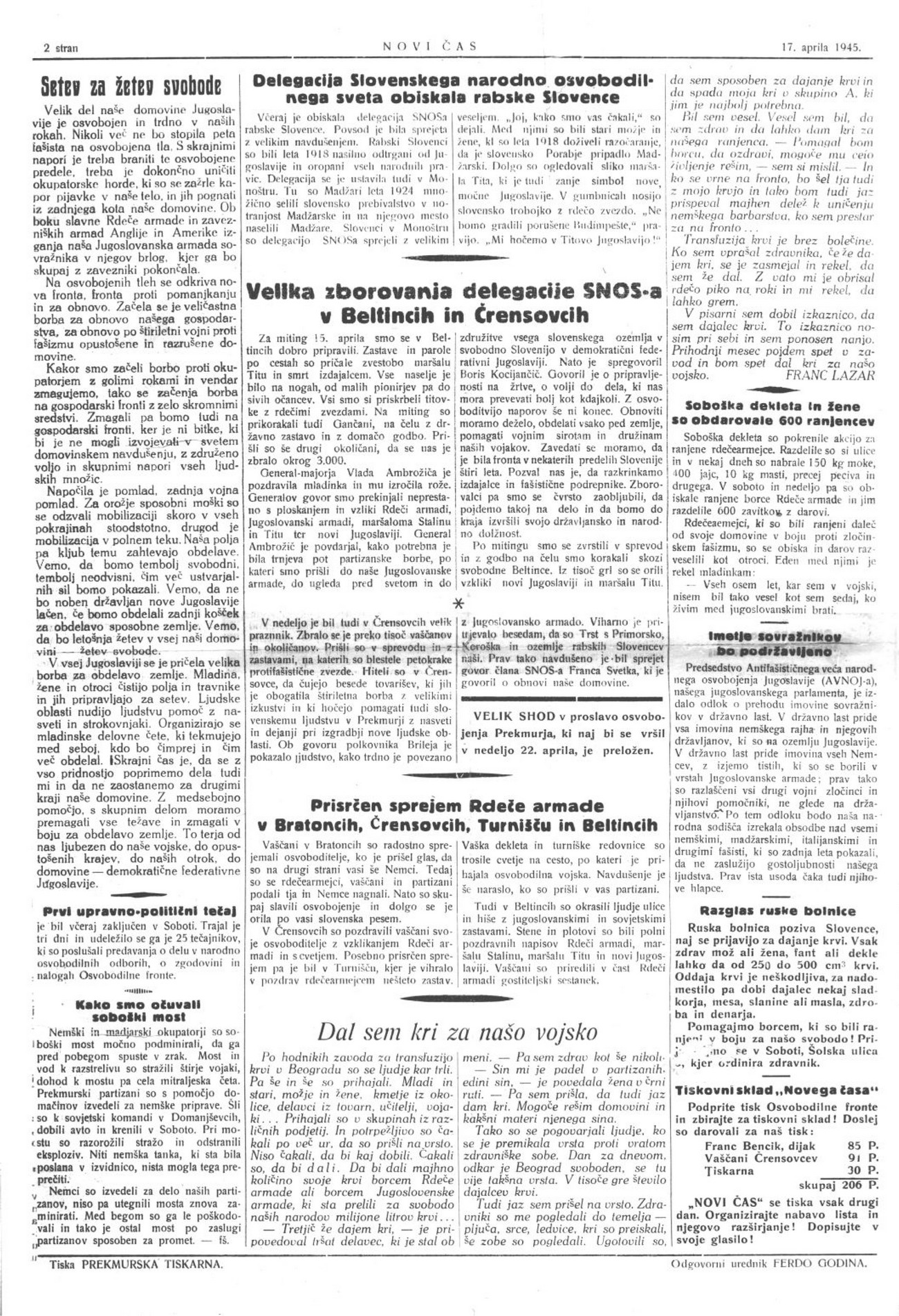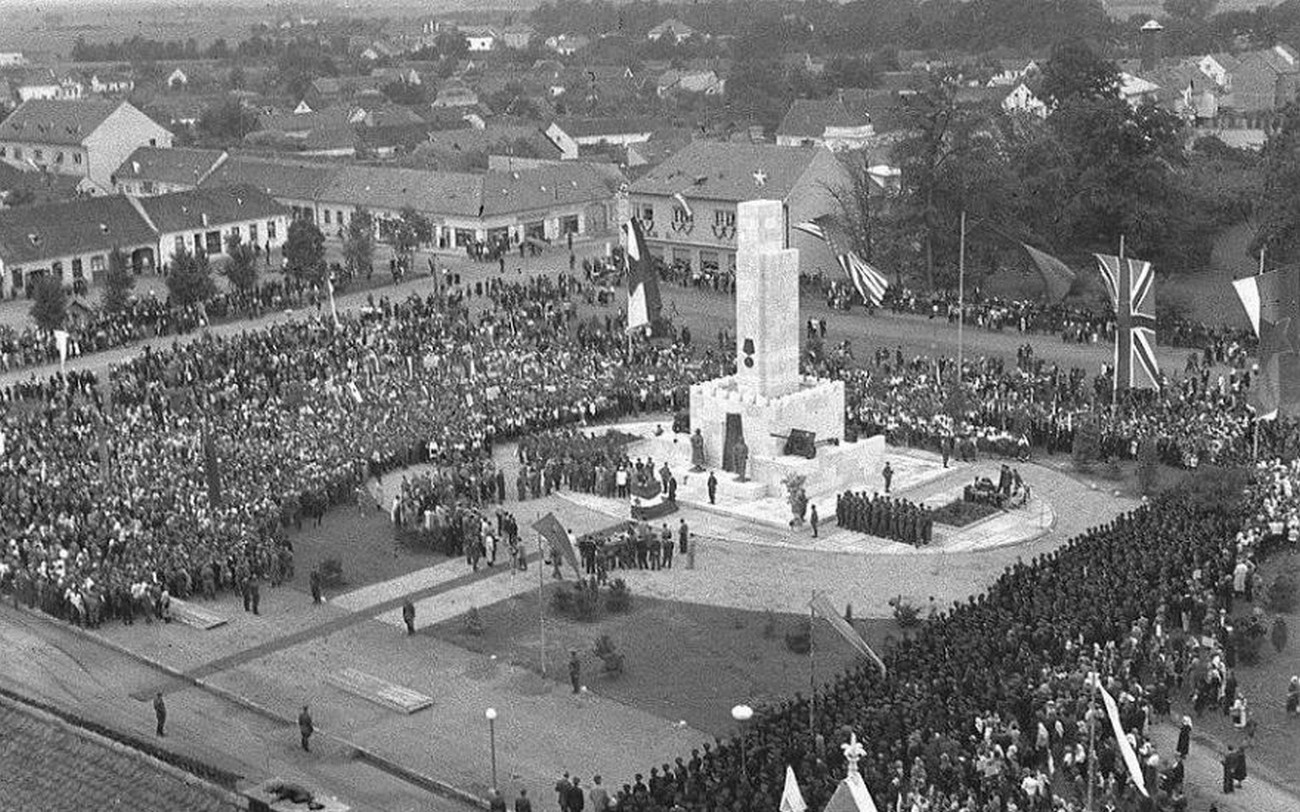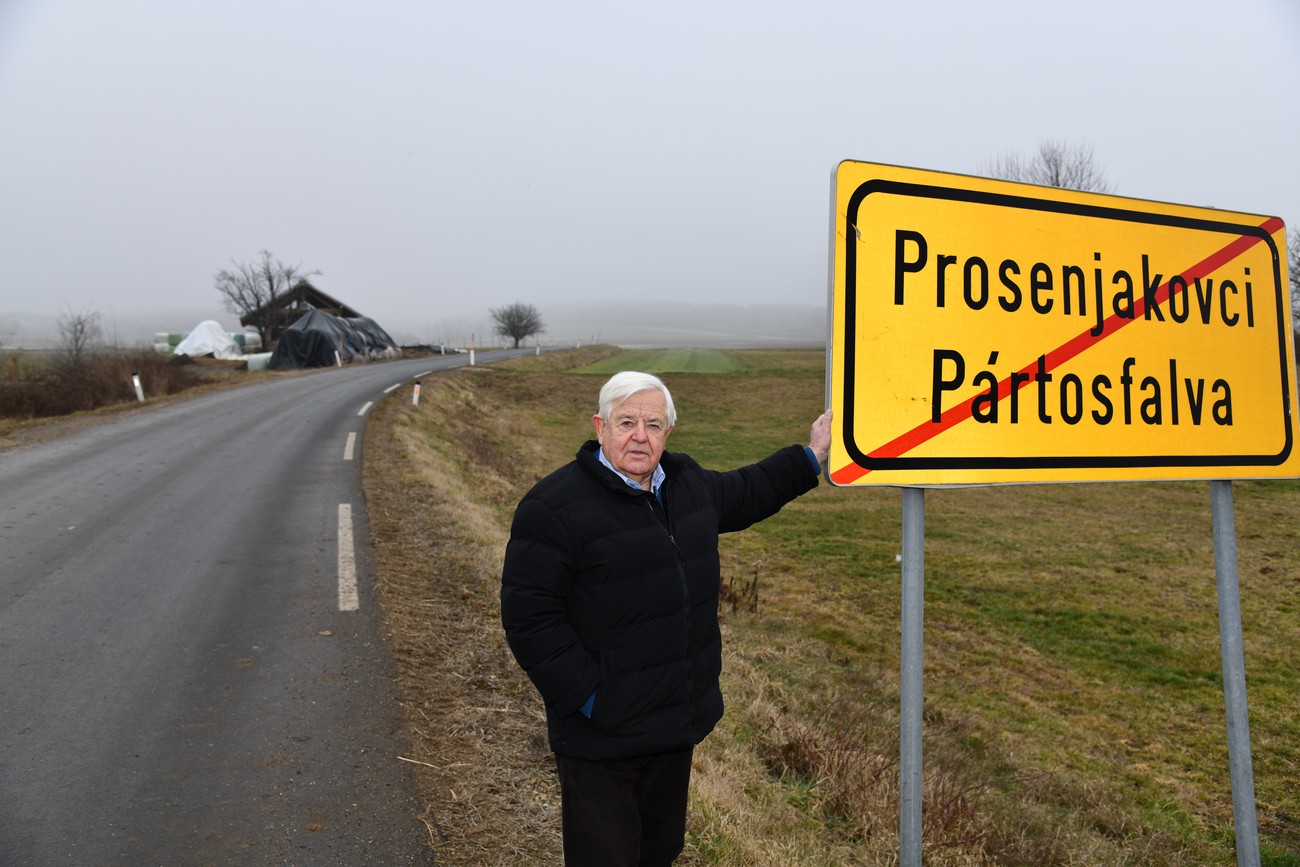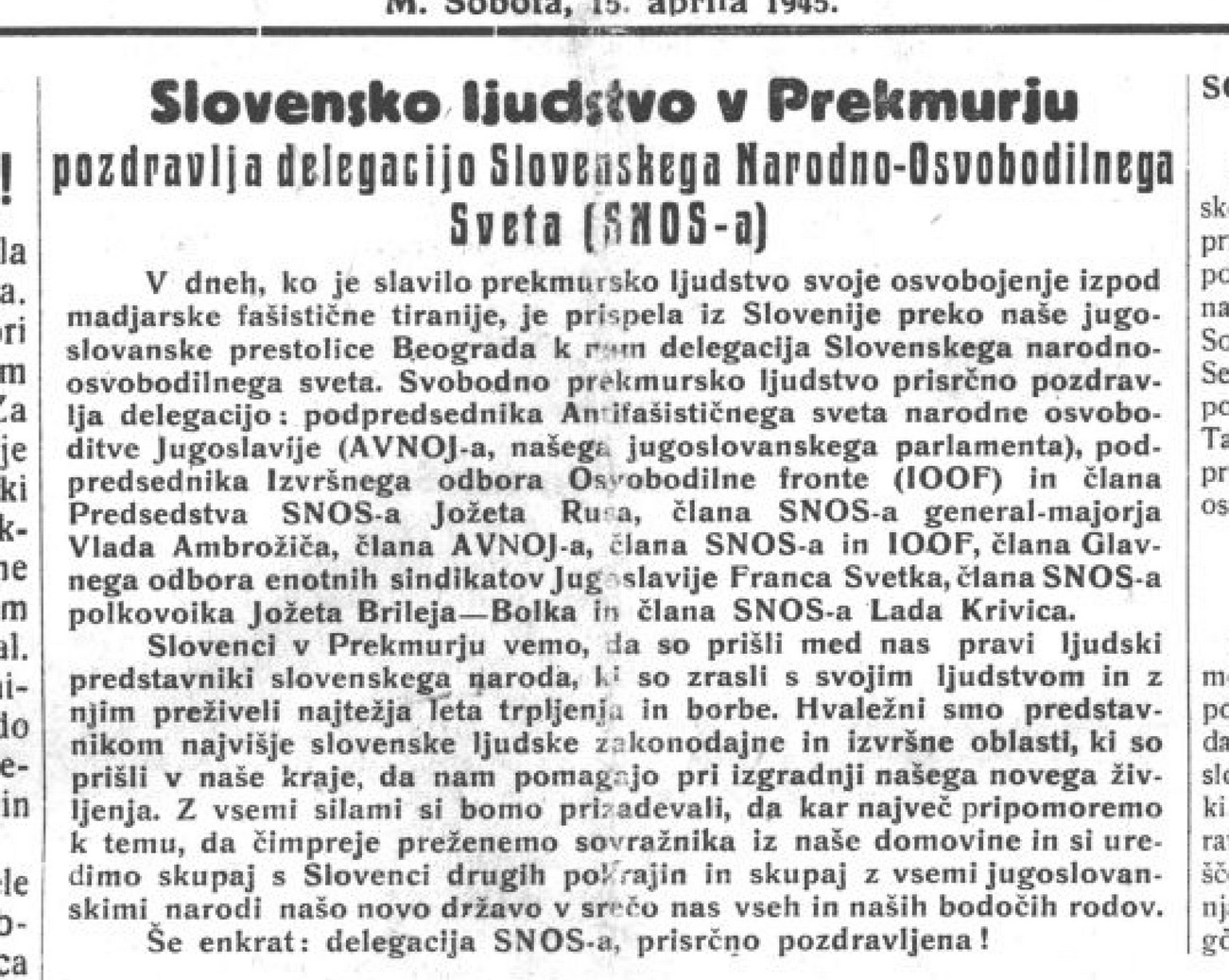Prekmurje, with the support of the Prekmurje Company, which was established in January 1945, was liberated on April 4, 1945, by the Soviet and Bulgarian soldiers of the Red Army. A couple of days later, a delegation of the Slovene National Liberation Committee arrived, establishing the administrative and political power. In April, the delegates visited the Slovenes of Porabje, and in May, they helped establish Novi čas, the first daily newspaper on the Slovenian territory. At the Paris Peace Conference, the Yugoslav delegation called for an adjustment of the border with Hungary, and annexation of Porabje; unsuccessfully. In Prekmurje, political rallies, cultural events, work and charity campaigns, and blood donations for Red Army soldiers took place in the first months after the liberation. Yugoslav-Hungarian relations faded after the 1948 Cominform dispute. Numerous Hungarian »Cominform provocateurs« agitated against Tito's Yugoslavia in the border town of Hodoš. The Cominform dispute exacerbated the already poor economic conditions in predominantly rural Prekmurje. The submission of agricultural surpluses was compulsory. Participation in agricultural cooperatives was mandatory. Porabje and Prekmurje were separated by the Iron Curtain, while numerous people from Porabje were deported to wastelands of inner Hungary. All road connections with Hungary were closed down, forming a 15 kilometers wide border corridor between Yugoslavia and Austria. People could only stay in the area with a proper ID card. Legal proceedings were launched against people for suspected espionage and human trafficking. The situation calmed down in a decade of postwar reconstruction and accelerated industrialization. In 1956, the suppression of the Hungarian Uprising triggered a wave of refugees flooding to Prekmurje. Subsequently, the border became »softer« with small-scale traffic. The free movement of people and goods, however, was only possible after both countries joined the European Union and the Schengen Area.



